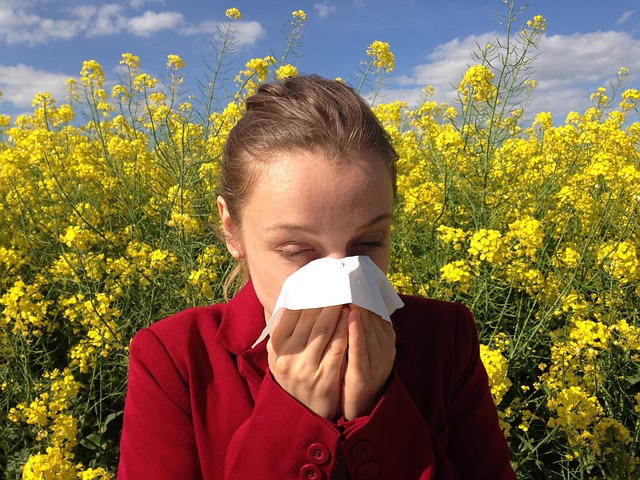
Often, allergies do not develop after the initial exposure. The body produces molecules known as antibodies to defend against the foreign proteins when a person is exposed to an allergen for the first time. We refer to this as an immunological reaction.
The immune system produces a lot of antibodies when an allergen is exposed repeatedly, which causes mast cells that carry histamine-containing substances to break down. This results in the characteristics of allergies.
Sensitization is the name given to this process. It could take days or years to become sensitized. Sensitization can sometimes happen as a person has symptoms but never fully develops an allergy to the allergen.
Symptoms of allergy include:
*sneezing
*shortness of breath
*wheezing
*runny nose and eyes
*pain over the sinuses (at the bridge of the nose, near the eyes, over cheeks and at the forehead)
*coughing
*skin rashes (nettle rashes or hives)
*swelling of the lips or face
*itching eyes, ears, lips, throat and roof of the mouth
*nausea
*vomiting
*abdominal cramps and diarrhoea
When allergic reaction is life threatening of severe it is termed anaphylaxis or anaphylactic shock. Anaphylaxis involves the whole body.
Anaphylaxis involves:
swelling of the throat and mouth and clogging up of airways leading to difficulty breathing, difficulty in speaking or swallowing
rash and itching elsewhere in the body
weakness and collapse often with unconsciousness due to sudden fall in blood pressure






